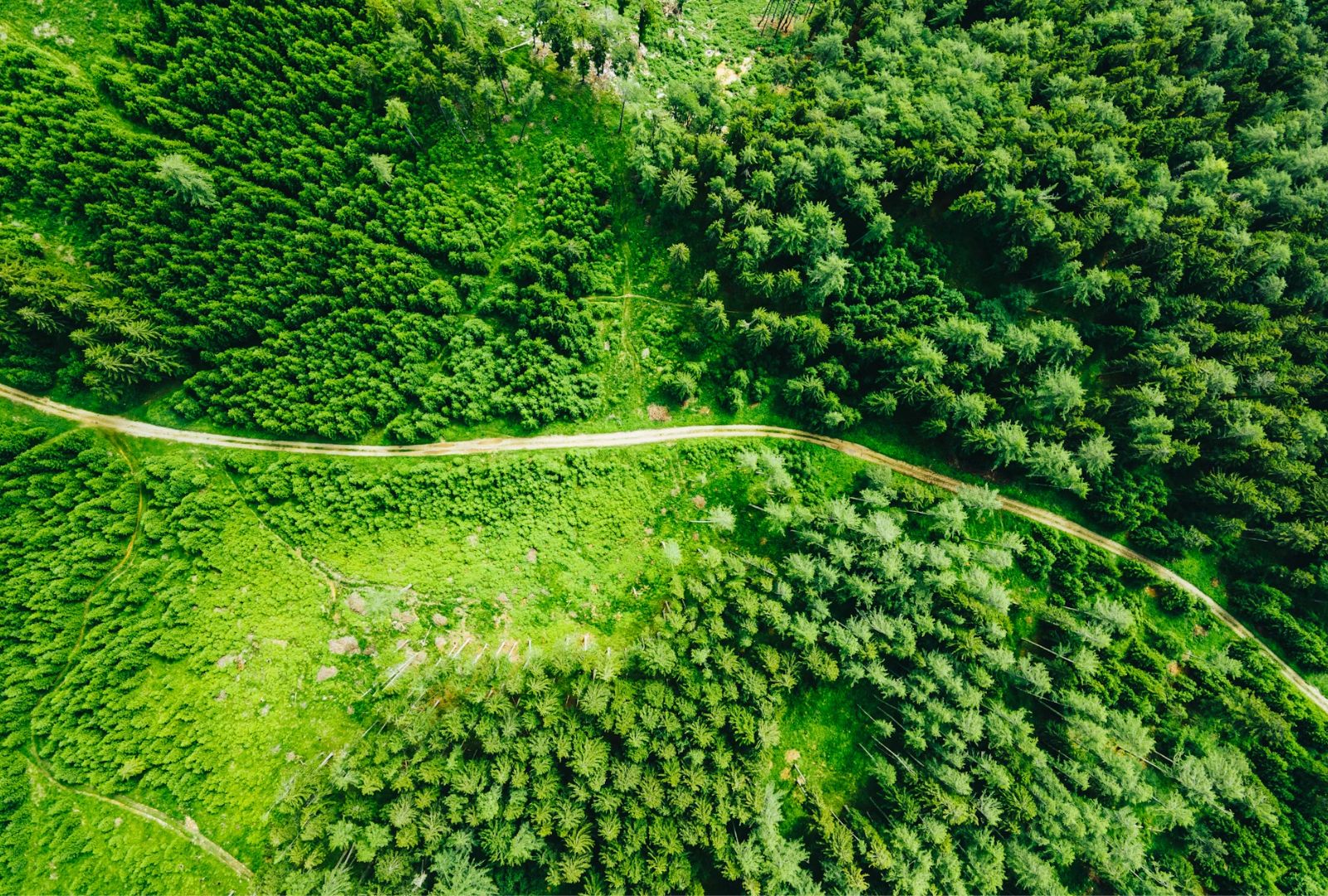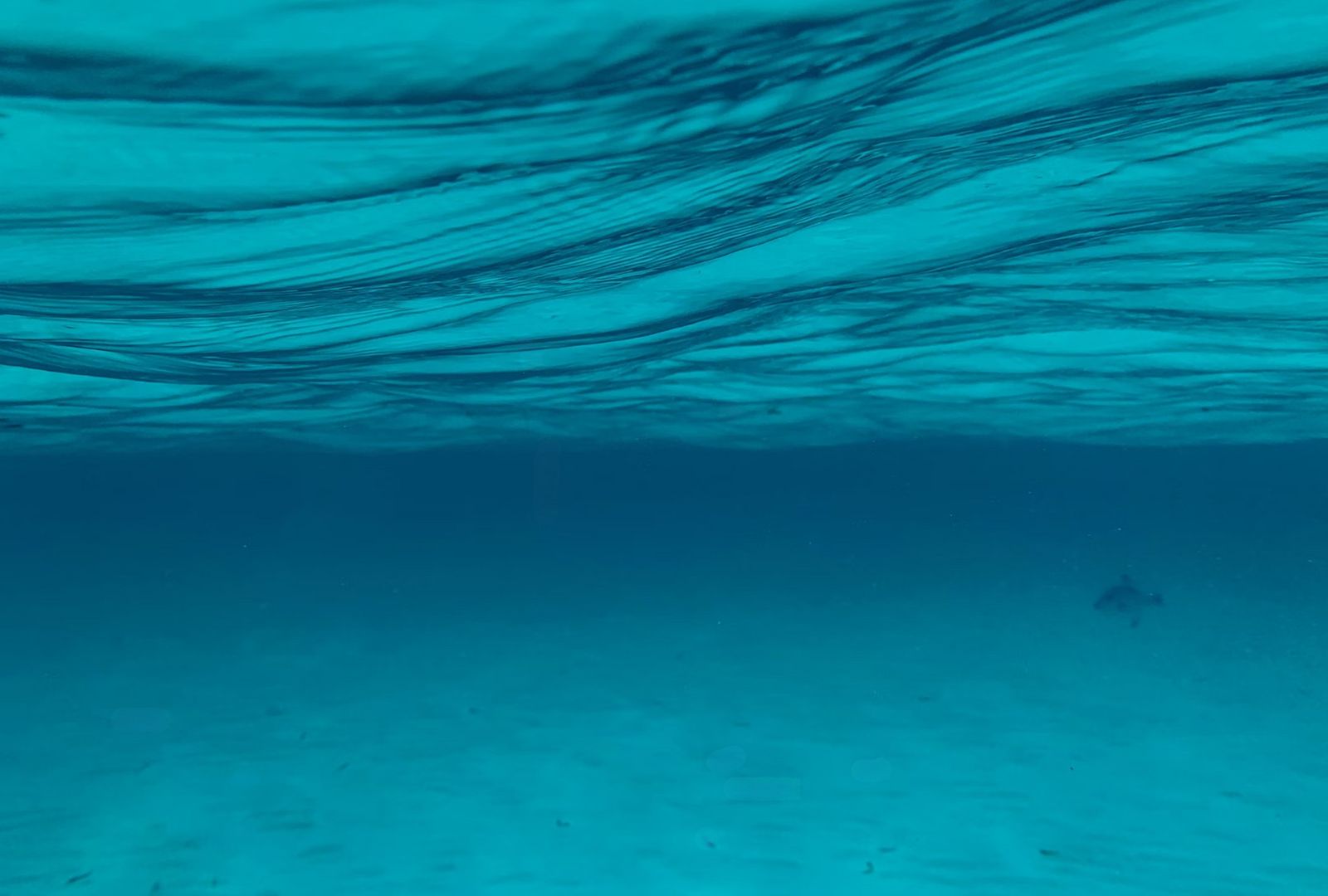The global energy transition is well under way as the world seeks to move away from finite energy sources like fossil fuels to cleaner power sources that can avoid severe climate change and sustain economies far into the future.
That much is not in doubt.
What is less clear, and may be less obvious to many, is why the energy transition is happening at different speeds in different regions, and what the roadblocks may be that could slow down further progress.
A major part of the energy transition is the reduction in combustion-based forms of energy like coal, oil and gas, and an expansion of cleaner energy such as wind and solar power. This growth in renewable energy has been a success story, allowing nations to produce more of their own electricity, relying less on imported energy resources, boosting jobs, slowing climate change and improving air quality.
Roadblocks holding back clean power
Clean electrification is one of the largest parts of global decarbonisation as it can precipitate a move away from coal and gas-fired power generation as well as displacing liquid fossil fuels in transportation and heavy industry.
A global expansion of renewable energy is being held back by a number of factors, including cost, political will, lack of investment in new technology and a lack of high-tech skills. Even more significant barriers to progress are linked to the inherent intermittency of wind and solar power sources.
But there is another barrier to clean electrification that may be even more important than all these factors: the need to upgrade electricity grids to cope with a surge in installed renewable electricity capacity, and increasingly dynamic energy markets that include consumers who can act as micro-producers of power.
The ‘backbone of decarbonisation’
Electricity is the energy that powers our showers, keeps the lights on and boils our kettles. It’s the energy that powers the floodlights for the evening game and keeps heavy industries humming.
And all this is possible because of the power grid.
The need to modernise grids has been highlighted by many of the organisations at the forefront of the global energy transition.
The Energy Transitions Commission, a global coalition of leaders from across the energy industry, describes clean electrification as the ‘backbone of global decarbonisation.’
Under net zero emissions scenarios, total power grid length needs to grow by more than 50% by 2050, which requires $22.5 trillion of investment, the group said in a September 2024 report.
This means increasing global grid capacity from around 68 million km in 2023, to a range of around 110 to 200 million km in 2050.
However, the development of power grids should aim to optimize the system, rather than focusing on expansion alone, it said. This can be achieved by deploying innovative grid technologies that increase the efficiency of power flows, increasing storage and flexibility and the use of long-distance interconnectors (high voltage cables which carry electricity across national borders), it said.
The world risks losing out on large volumes of cheap renewables for clean electricity if grid systems fail to build at the speed required, the commission said.
To put this into perspective, five times the amount of solar photovoltaic and wind capacity added globally in 2022 are now waiting in grid connection queues. At the same time, congestion payments are rapidly increasing. This means grid operators are paying renewable power generators not to produce power due to insufficient grid capacity; a situation that many would regard as sub-optimal.
Hitachi Energy converting bottlenecks to enablers
According to global technology company Hitachi Energy, one of the biggest – and least recognized – challenges to meeting global climate targets is that power grids aren’t prepared for the surge of new renewable energy.
“The truth is, grids have been underinvested in for a long time,” said Alfredo Parres, Hitachi’s Senior Vice President and Head of Renewables.
“They’re aging, and expansion has been incremental with small upgrades here and there – just enough to keep things running, but without a comprehensive system upgrade. So, it’s not that the grid is specifically unprepared for renewables; it’s aging and unprepared for any large-scale expansion,” he said.
“Faced with the energy transition, we suddenly need to connect far more generation — and a lot of it is intermittent and distributed, like wind and solar — often located far from where energy is consumed. That completely reshapes power flows. We’re asking a grid built for one-way, centralised generation to suddenly become flexible, digital, and dynamic. That’s a huge shift,” said Parres.
Countries are moving at different speeds, but all are on the same journey to more modern grid infrastructure, he said.
“China is a good example. They’ve been investing heavily for years, building hundreds of thousands of kilometres of new transmission lines, including ultra-high-voltage corridors that move renewable power over very long distances.”
Germany is building big north-south power backbones to connect offshore wind in the North Sea with industrial demand in the south. Meanwhile, the US has significant private sector investment potential but still struggles with interconnection timelines, while emerging markets often lack financing capacity, according to Parres.
“The point is, everywhere you look, there’s some constraint, whether it’s regulatory, technical or financial. So this is a systemic, global issue that differs widely in how it looks on the ground,” he said.
In addition, political election cycles of around 4-5 years are out of step with the longer-term planning needed to modernise power grids.
“Ultimately, this is not just a technical problem; it’s societal and economic. We must all agree on the long-term vision and stay consistent. We have the technology already. It’s now about delivery,” said Parres.
Hitachi Energy sees itself as a “technology partner and a thought partner in turning grid modernisation from a bottleneck into an enabler,” he said.
“Ultimately, modernisation means a mix of hardware, software, and strategy, not one single technology alone,” he said.
58 billion tonnes of missed CO2 reductions
The Paris-based International Energy Agency estimates that in a scenario where grid modernisation is delayed, the world could miss out on 58 gigatons (58 billion tonnes) of cumulative emissions savings by 2050, equivalent to global power sector CO2 emissions from the past four years.
The UK’s grid operator, National Grid, has underlined the same set of issues.
“The UK’s electricity grid was originally built to connect electricity generated in power stations from fossil fuels, such as coal from the North and Midlands of England and South Wales. As the UK moves away from fossil fuels and increases clean energy generation, we’ll all be using more electricity than ever before,” it said.
Demand for electricity is expected to increase by 50% by 2035 and double by 2050, as countries decarbonise the energy that’s used for things like heating and transport, it said.
This means significant new infrastructure is needed to connect this clean energy from where it’s generated to where it’s needed.
How does grid modernisation link to carbon markets?
Grid modernisation has an indirect link with carbon markets, which are one of the ‘engines’ of the energy transition. Think of it like this: if carbon markets are powering the shift away from fossil fuels to renewable energy, power grid upgrades are the key that can open the floodgates. Properly equipping national grids to cope with much higher percentages of clean electricity can therefore accelerate the global energy transition.
What needs to happen to make grids ready for more clean power?
Stable policy frameworks would help industries to plan for greater use of renewable energy, while smart grid technologies can assist in the transition. Other essential elements include more flexibility in grids, more investment to handle greater variability in electricity flows and further deployment of grid-scale electricity storage.
Power grids were first designed to handle a one-way flow of power from large, centralised plants running on coal, gas or oil to domestic and industrial consumers. However, the 21st century demands much greater flexibility, including power coming from thousands of smaller sources such as solar farms and wind arrays. The grid must also handle two-way flows of power as technology like electric vehicles and solar panels allow millions of consumers to become micro-producers of power, supplying energy back to the grid.
As renewable energy takes over, industrial-scale power storage will also become critical, if massive wind resources are to be effectively harnessed. This will need to include battery technology, pumped hydroelectric storage and new and innovative forms of energy storage.
It may also include using surplus electricity to produce green hydrogen using electrolysers, which use electricity to split water into its constituent parts, hydrogen and oxygen. The hydrogen can then be used directly to power industry, or stored and converted back into electricity later.
Deloitte sets out three-step approach
Global consulting group Deloitte reached similar findings in a 2024 study on the energy transition. The group said grid expansion and modernisation is “proving to be a bottleneck in achieving clean energy goals, both in terms of the availability of financing and the pace of development.”
Meanwhile, the development timeline for grid infrastructure is three to seven times slower than that of renewable energy installations and electric vehicle charging stations, according to Deloitte.
“These financial and temporal gaps in grid development are a signal that current supply-side strategies may be inadequate for the unfolding demands of a cleaner power grid,” it said.
Deloitte’s analysis suggests a three-step approach is needed to modernise power grids for a renewable energy-dominated future:
1. Strengthen and harden the backbone: modernise the core grid infrastructure to become more dynamic and responsive, and better able to integrate new technologies and diverse energy sources
2. Catalyse grid-connected decentralisation: making grids more resilient and difficult to disrupt, but also re-thinking the logic and controls, including incentivising customers to help balance the grid
3. Creating an interconnected energy landscape: transcending traditional boundaries by integrating grids across sectors like transportation, buildings and smart city infrastructure; building an ecosystem where EVs, smart streetlights and home energy management systems ‘speak the same language.’
Rethinking what a power grid can be
In summary, renewable energy is set to continue taking over from traditional fossil energy sources for the production of electricity, while electrification of other industries will displace even more fossil fuel use. But for this to work, power grids must be modernised to become something very different from the traditional enabler of one-way power flows from large centralised fossil-fired power plants to end consumers.
Power grids will need to incorporate smart AI-enabled technology and real-time performance management using smart meters and mass sensor technology to become more flexible and resilient.
Grids will also need to transcend their traditional boundaries to become energy ‘ecosystems’ that connect everything from consumer-producers and widely distributed intermittent sources to more comprehensive energy storage systems. This could include linking up major industrial consumers, transportation systems, smart cities, AI systems and major data centres.
In the face of intensifying climate change, nations are setting ever more ambitious emissions reduction targets. This implies greater expansion of renewable energy and high-tech low-carbon solutions across other major economic sectors such as industry and transportation. As this process unfolds, grid modernisation will become a critical enabler of sustainable industrial growth.








